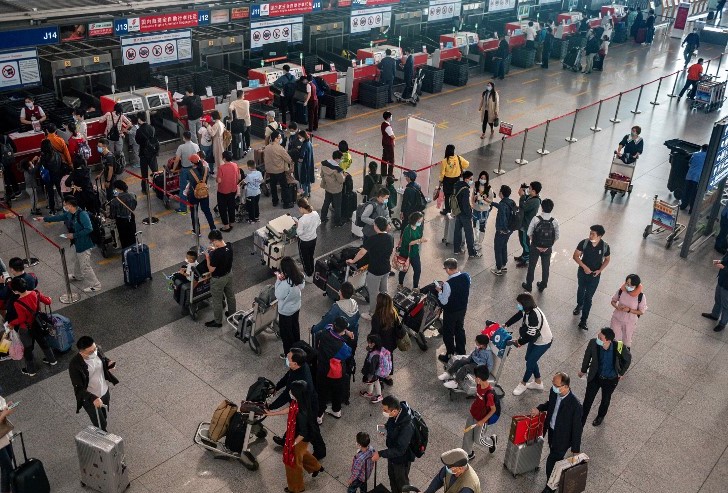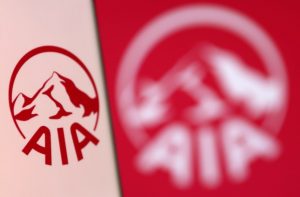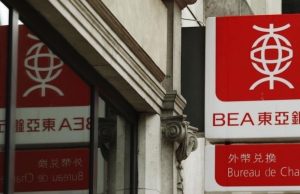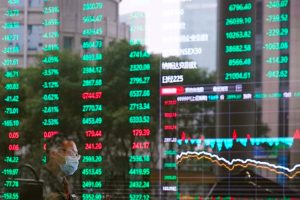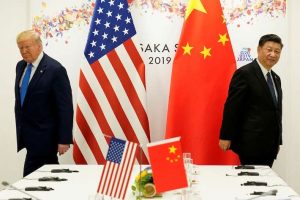(ATF) Three key themes prevail as we round off an investment year like no other. Through this tumultuous year, superlatives failed when economic shutdown took precedent over all other considerations and an absence of pandemic preparedness was dramatically exposed globally. There are many lessons to be learned at all levels and across all societies and a prolonged period of review and reflection can now be expected.
The longer-term structural economic damage is still being assessed, though the immediate impact on the worsening wealth gap within developed economies is already visible.
This health crisis has deep and structural implications for the global economy.
For investors the various stages of lockdown, social distancing and isolation have played out differently. Capital markets have remained open for business throughout and there have been specific relatively short periods where decision-making has been critical in driving outperformance. For many asset owners and investment managers, the past 12 months have proven to be an opportunity to express conviction and apply years of accumulated experience to a unique set of circumstances. In crude terms, it has been a year to make money.
International capital markets took their lead from the immediate actions taken by the both the US Federal Reserve and the US government, and investors acted quickly. The fast-paced application of both fiscal and monetary support averted a financial crisis at the time when economies were shuttering, and remediation was only a hope and not a plan.
For those investors that recognised the significance of such fast-paced and scaled intervention, tactical moves were fashioned with equal alacrity. The confluence of widening credit spreads, falling interest rates and dramatic falls in equity prices created multi-dimensioned opportunities for those investors able to see beyond the immediate impact and act decisively. For example, the MSCI All-Country World Index has added a staggering US$30 trillion in market capitalization since the March lows. Other central banks and governments followed this path of intervention, with varying levels of scale and effectiveness.
Significantly, China effected a differentiated policy response. By arresting the effects of the pandemic and keeping the supply side of the economy online; monetary and fiscal initiatives stayed conventional and significantly below the levels applied in the aftermath of the global financial crisis back 2008. Hence China emerges from the crisis in a differentiated way from other economies.
Markets and real economy disconnect
Strongly performing capital markets in the context of the largest economic slump since the Great Depression causes many investors to question the recovery’s sustainability and attention is constantly being drawn to the disconnect between the capital markets and the real economy.
This disquiet gains further credibility in context of both the now peaking subsequent pandemic waves globally which threaten to undermine the economic recovery, and the prospect of an exit from the government and central bank support programs. Investors recall vividly the so-called 2013 ‘taper tantrum’ when the prospect of an end to central bank support by the then Fed Chairman Ben Bernanke caused a violent reaction globally – especially in emerging markets. Consensus is for a more thoughtful approach post the health crisis.
Interestingly, the expected fallout from a turbulent transition of the US presidency has not materialised. It seems that once again a devout focus on economic outcomes, rather than those overtly political, has proven profitable for investors.
What is likely to drive markets in 2021?
Three main themes have emerged as investors look to allocate capital in the coming 12 months.
Conveniently, it is an alliteration representing the 3R’s of investing for 2021. Two relate to the macro-economic conditions and the third is an equity market level consideration that applies equally to the credit market where investors are likely to be more discerning as government economic support winds down.
Rebound
The global economy is on course for negative growth of 4.4% in 2020, and the worst since the Great Depression. However, momentum coming out of the shutdown, coupled with a low base effect and the full impact of the various stimulus measures, will drive growth in 2021. This strong rebound will buoy sentiment, catalyse a restocking and inspire a consumer recovery in the world’s largest economies.
Regardless of the size of the eventual stimulus measures agreed in the US and the timing of the vaccine’s distribution, economic recovery is a certainty. Improving economies globally is raising expectations for corporate earnings in 2021. With short-term interest rates anchored at the low end, stock markets will be making the case for a re-rating as these earnings are realised.
Rotation
Investors have been scouring markets for under-performers that are expected to play catch up as the economy continues to recover. Higher longer-term interest rates in the US are causing value investors to claim a resurgence as growth stocks may potentially find the going a little tougher in a higher (long-term) rate environment.
There is already evidence that those companies suffering most during the pandemic are staging a recovery. These include airlines, oil and gas, hotels and resorts. The trigger for this reversal has been the pending roll out of the various vaccines.
This rotation which has so far been focused on investing within the US stock market is likely to be relevant when considering markets globally. Fund managers are having to adjust quickly.
Reflation
Many investors were expecting reflation after the Global Financial Crisis (around 2008) after central banks provided huge stimulation measures. However, with the global economy operating well below capacity, this price pressure was never realised. Instead central banks had to struggle to overcome deflationary forces and most central banks missed their inflation targets. Investors betting on reflation were serially disappointed and central banks were left without the ‘full tool set’ to combat the next cyclical downturn.
Central banks are likely to err on the side of slow policy moves when confronted with early signs of reflation for fear of stymying the recovery too early.
The Fed has already moved in this regard by adjusting its approach to allow for a target overshoot. US interest rates have begun to react to the reflation prospect with longer-term rates increasing and a rapid steepening of the US yield curve. The prospect of a steepening curve in context of an economic recovery will likely lead to the outperformance of risk assets relative to government bonds.




